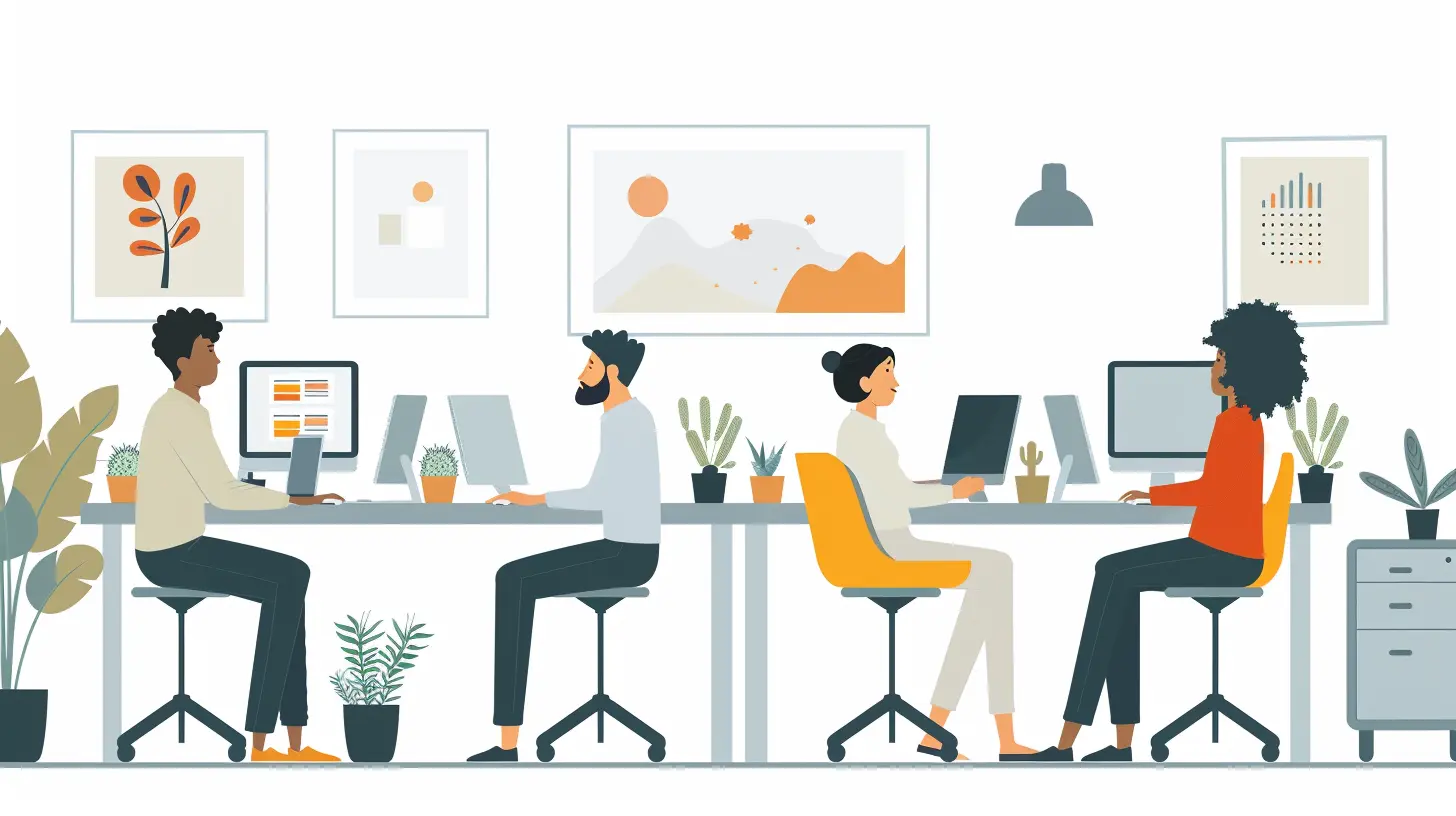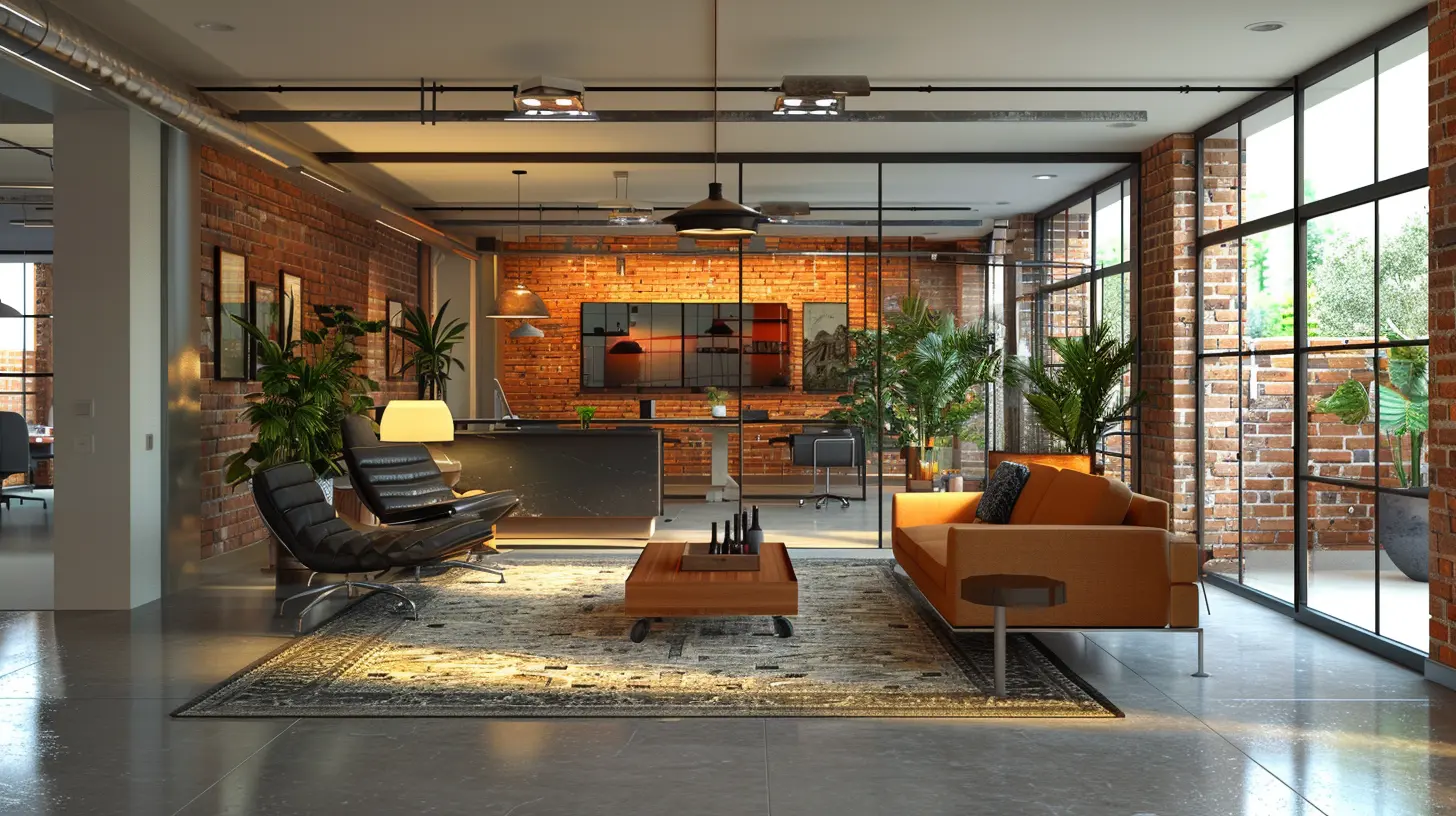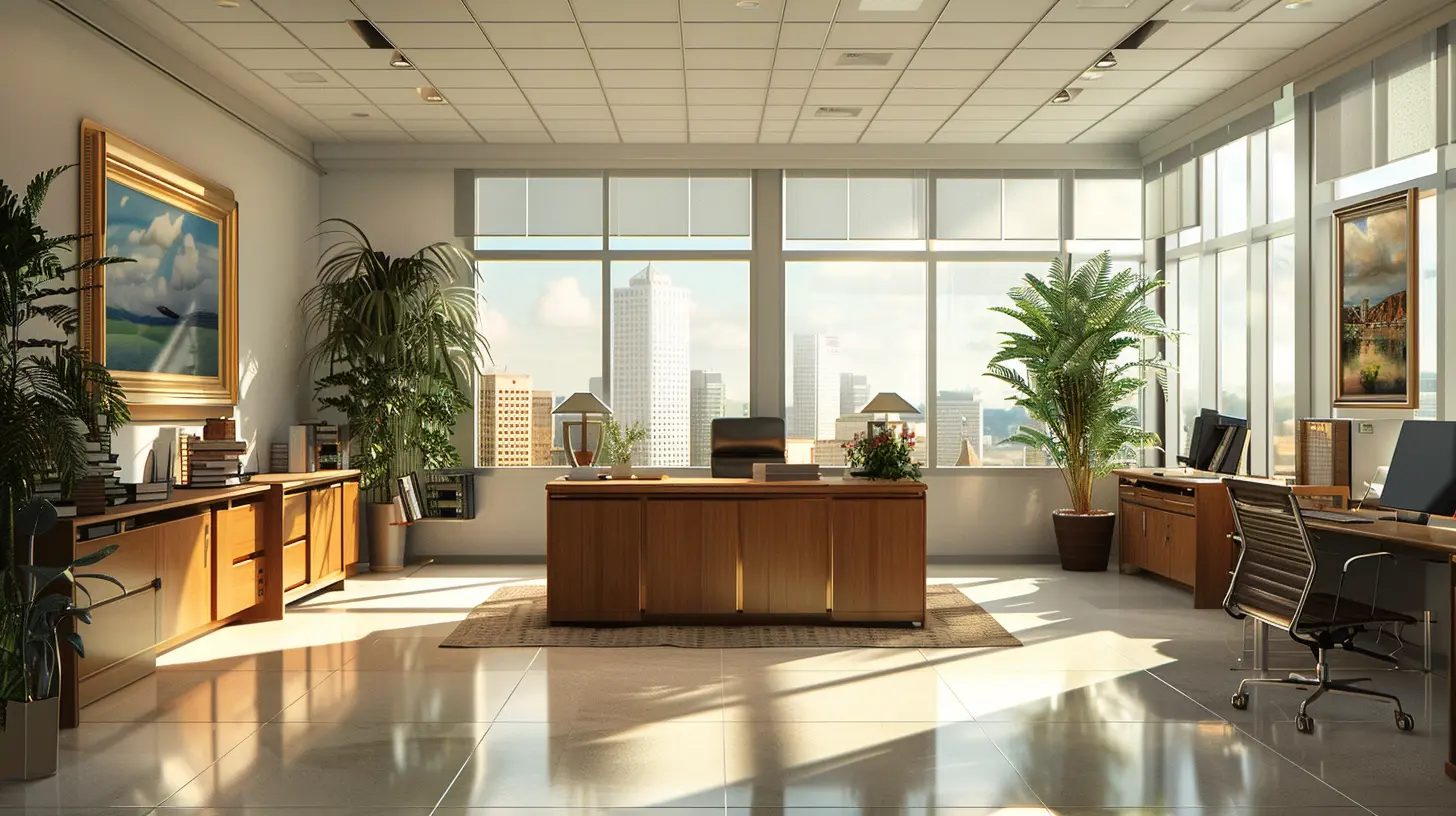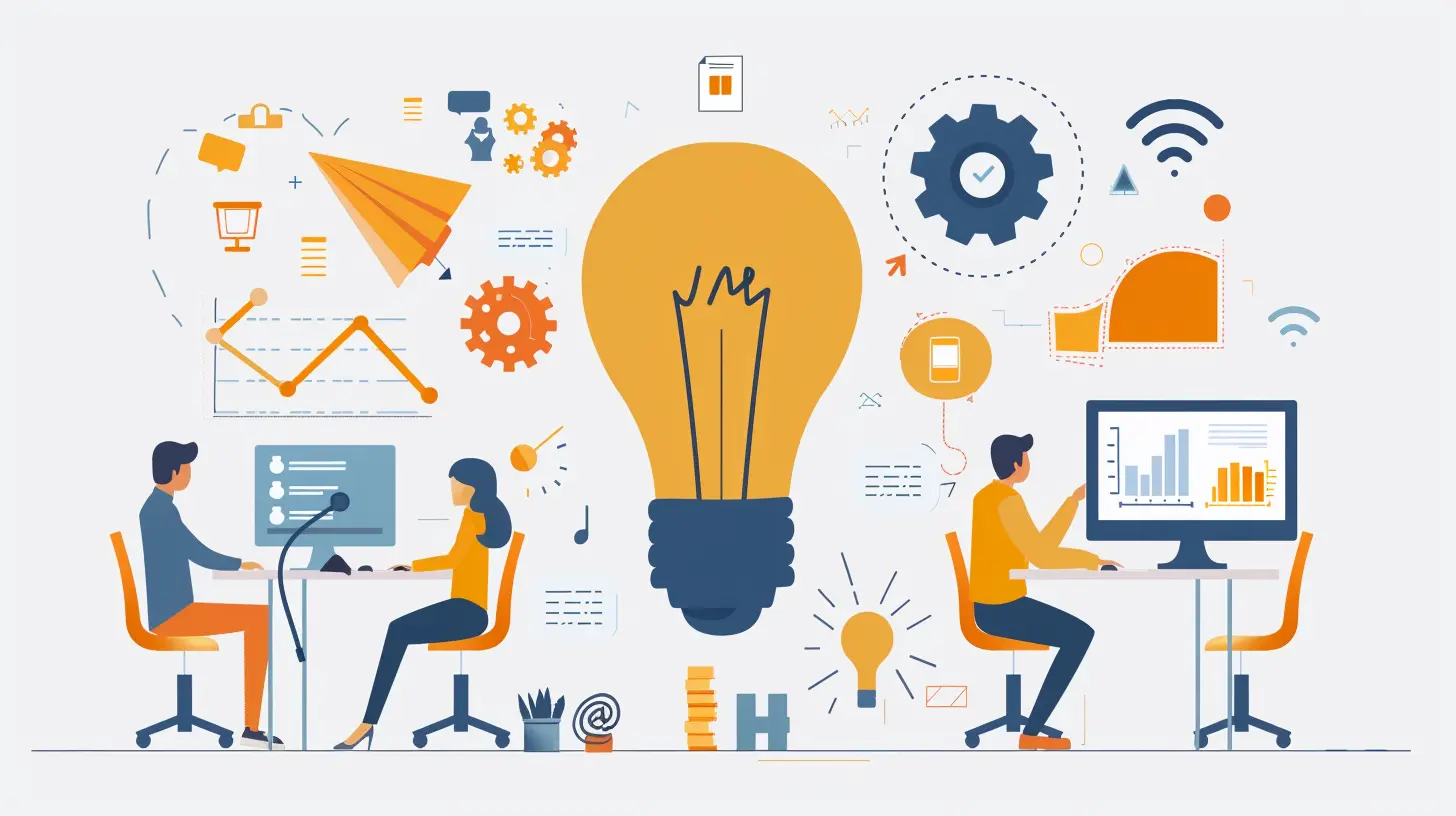Building a Productive Office Environment: Tips and Tricks
15 November 2025
Let’s face it—your work environment can make or break your productivity. Ever tried focusing in a noisy, cluttered office with dim lighting and zero inspiration around? Yeah, not the best setup for getting things done. Whether you're running a team, managing a small business, or freelancing from your own corner of the world, setting up the right office environment can boost efficiency, job satisfaction, and team morale.
So, how do you create a space that screams productivity without draining your budget or turning the workplace into a corporate prison? That’s exactly what we’re diving into today.
Why Your Office Environment Matters More Than You Think
Before we start moving desks and buying plants, let's talk about why this even matters.Think about it—most of us spend at least 40 hours a week in the office. That’s a big chunk of our lives. It’s not just a place to grind through tasks; it’s a space that influences our mental state, creativity, and motivation.
A positive, well-designed office:
- Increases focus and performance
- Reduces stress and burnout
- Enhances collaboration
- Helps attract and retain employees
An unproductive one? Well, that’s a breeding ground for distractions, dissatisfaction, and high turnover.
1. Design With Purpose (And People) In Mind
Layout Matters More Than You Think
Imagine trying to brainstorm ideas next to the break room microwave. Distractions like that might seem tiny, but they add up.When designing your office layout, think zones:
- Quiet zones for deep work
- Collaborative areas for team discussions and brainstorming
- Break areas for mental reboots
Open spaces are great for communication, but they need balance. Mix in private corners or soundproof booths for when people need to zone in.
Ergonomics Isn’t Just a Fancy Word
A chair is just a chair—until your back starts hurting from sitting too long in the wrong one.Investing in ergonomic furniture can lead to fewer sick days, higher energy levels, and better posture (which your future self will thank you for). Think adjustable chairs, desks that can go from sitting to standing, and keyboard/mouse placements that don’t strain your wrists.
2. Let There Be (Natural) Light
Lighting is one of the most overlooked elements in office design, but it massively impacts mood and productivity. Poor lighting? It leads to eye strain, headaches, and even sleep disturbances.Maximize natural light wherever you can. Open up those blinds or rearrange furniture if needed. If natural light is limited, try:
- LED lights that mimic daylight
- Desk lamps with adjustable brightness
- Warm lighting in break areas for a cozy, relaxed vibe
Bonus tip: Keep glare off computer screens. Nothing kills your eyes faster than squinting at a shiny white screen for 8 hours.
3. Clean Space, Clear Mind
Cluttered desk? Cluttered mind.Encouraging (and maintaining) a clean environment goes beyond looking professional. It affects how you think and feel. A messy space creates stress and makes it harder to focus.
Encourage simple habits:
- Daily desk tidying
- Digital decluttering (bye-bye unused apps and files)
- Minimalist design to reduce visual noise
Oh, and don't forget the common areas. No one wants to eat lunch on a table full of someone else’s crumbs.
4. Create a Culture of Communication
Physical Design Supports Open Talk
Productivity isn’t just about individual output. Teamwork, communication, and easy collaboration play a massive role.Design your space to encourage organic interactions. Think:
- Communal tables instead of closed-off cubicles
- Coffee areas that double as idea-sharing spots
- Whiteboards for quick brainstorming
When people can share ideas easily, solutions come faster—and morale goes up.
Psychological Safety Is Everything
Even the prettiest office can't fix a toxic work culture. Employees need to feel safe to speak up, share ideas, and make mistakes.Foster this through:
- Open-door policies
- Regular feedback sessions
- Transparent leadership
Remember, when people feel heard, they work harder. Simple as that.
5. Tech That Helps (Not Hurts)
Nothing tanks a productive day like printer malfunctions, slow Wi-Fi, or outdated systems.Use tech to amplify output—not frustrate people.
Essential tech for productivity:
- Fast, reliable internet
- Cloud-based project management tools (Asana, Trello, etc.)
- Team chat platforms (Slack, Microsoft Teams)
- Noise-canceling headphones for focus zones
And let’s not forget about digital wellbeing. Set boundaries around notifications and encourage time away from screens when needed.
6. Personalize the Space—Just Enough
Everybody works better when they feel a little “at home” in their workspace. But there's a fine line between a Pinterest-worthy setup and an office that looks like a dorm room.Encourage employees to add a personal touch:
- A photo frame or small plant
- Custom mousepads or stationery
- Mood boards to stay inspired
Just make sure it doesn’t turn into clutter central.
7. Prioritize Wellness (Because Burnout Is Real)
Movement = Momentum
Sitting at a desk for hours on end? That’s a recipe for fatigue and decreased focus.Here’s what helps:
- Standing desks or treadmill desks
- Walking meetings
- Stretch zones or tiny workout corners
Don’t be afraid to get creative. Even 5 minutes of movement can reset the brain.
Mental Health Matters
Want your team to perform at their best? Take care of their minds.Ways to support mental wellness:
- Offer quiet rooms for breaks or meditation
- Encourage mental health days
- Bring in counselors or wellness coaches periodically
People can’t pour from an empty cup. Keep your team’s mental tanks full.
8. Encourage Breaks and Boundaries
More hours doesn’t always equal more work. In reality, productivity dips hard after the 6-hour mark, and constant “grind mode” leads to burnout.Set a culture where breaks are encouraged—not side-eyed.
Some effective break-friendly policies:
- Pomodoro technique (25 min work, 5 min break)
- No meeting Wednesdays for creative work
- Encouraged lunch breaks away from the desk
Bonus points for adding recreational spaces. Ping-pong tables, reading nooks, or nap pods can do wonders for energy levels.
9. Don’t Forget Fun and Recognition
People work harder when they feel appreciated and... well, when they’re having a little fun.Here’s how to keep spirits high:
- Celebrate wins, big or small
- Birthday shout-outs or office parties
- Host monthly contests or team games
Building a productive office isn't just about efficiency—it’s about creating a space where people actually enjoy showing up.
10. Continuously Ask for Feedback
Want to know what’s working and what’s not? Just ask.Conduct regular check-ins, surveys, and open-floor discussions about the office setup and culture. People on the ground often have the best ideas.
Keep adapting and evolving your space. What works this quarter might need tweaking next year.
Final Thoughts: Productivity Is a Culture, Not Just a Setup
Sure, ergonomic chairs and natural lighting help. But real productivity comes from combining smart setup with great culture. It’s about creating an environment where people aren’t just working—they’re thriving.And guess what? You don’t have to overhaul your entire office overnight. Start with small, intentional changes. Reposition a few desks, add plants, allow personalization, or just ask your team what they'd love to see improved.
So the next time you're wondering why output is down or motivation is low, ask yourself: is your office helping people do their best work—or holding them back?
You’ve got the tips. Now it’s time to build the kind of office that gets people excited on Monday mornings (yes, that's possible!).
all images in this post were generated using AI tools
Category:
Workplace ProductivityAuthor:

Ian Stone

